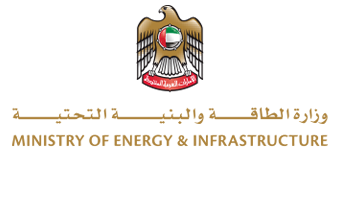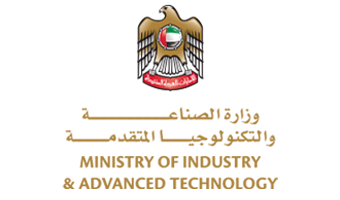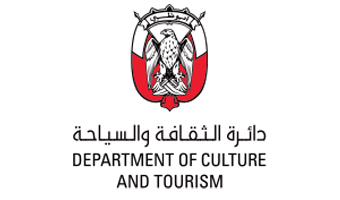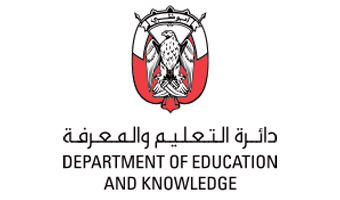Improving sluggish industrial energy efficiency has the potential to save some US$600 billion in energy costs and improve national and organisational competitiveness, which can be accelerated by organisational changes and policy approaches that position energy efficiency as a pillar of industrial strategy, the International Energy Agency (IEA) asserts.
The IEA’s recently-released report ‘Gaining An Edge: The Role of Energy Efficiency in Industrial Competitiveness’ noted that while great progress has been made in energy efficiency over the past two decades, with G20 countries doubling economic output and services since 2000 while using only 60% more energy, this progress is slowing down over the past 6 years.
“The industrial sector is responsible for around 80% of the growth in global energy demand since 2019, yet its energy intensity has remained largely unchanged over the same period,” the report asserts.
The report noted that the annual energy intensity rate of just below 2% that was recorded from 2010 to 2019 fell to 0.2% in 2020, where it has largely stayed. At the same time, industrial energy intensity has been increasing. The report blamed this industrial efficiency stagnation for the overall reduction in global energy efficiency progress.
“However, without a focus on improving progress in industrial energy efficiency, these trends risk weakening firms’ competitiveness and adding pressure on energy systems, including electricity grids, that are straining to meet growing demand,” the report asserts.
The potential benefit of increasing energy efficiency across sectors and borders is great, enabling organisations to improve their competitiveness, while at the national level, increasing national productivity without increasing energy demand and emissions. Other benefits from energy efficiency include improved resource use, reduced waste production, and enhanced energy security.
In fact, if all firms in IEA countries matched the energy consumption of the best performers in their subsectors, energy costs could be reduced by up to an estimated US$600 billion.
The report advises both organisational and national-level policy changes that can bring both energy efficiency quick wins and longer-term benefits.
Among the proposed easily applied organisational energy efficiency enhancements are: regulation of heating, ventilation and air conditioning (HVAC); reduction of losses in compressed air systems, automation and sectorisation of lighting systems; power management of equipment; repair and maintenance of insulation materials; right-sizing and linking assets to match load; installation of light-emitting diode (LED) lighting systems; replacement of aged motors with high-efficiency models; implementation of variable speed drives for motors; and encouraging behavioural changes, such as switching off equipment when not in use.
The report also noted that artificial intelligence (AI) is emerging as a significant enabler of improved energy and operational performance, particularly in light industry. AI systems can automate processes to improve productivity and reduce costs through quality control, predictive maintenance, generative design, digital twins, and intelligent robots. It can also be used to identify inefficiencies in real-time, enabling continual adjustment and fine-tuning of industrial processes.
To enhance energy efficiency on a national level, the IEA report identified five common industrial policy mechanisms implemented by the top-performing IEA countries. These included: comprehensive energy management policies; support and interaction with industrial networks; targeted fiscal supports and financing mechanisms; investment in research and innovation; and strong support of Minimum Energy Performance Standards (MEPS) for motors and other industrial equipment.
To find out more about energy efficiency technologies and strategies, visit ADIPEC 2025. Register now at https://www.adipec.com/visit/registration/
Read the full IEA report here: Gaining an Edge – Analysis - IEA















